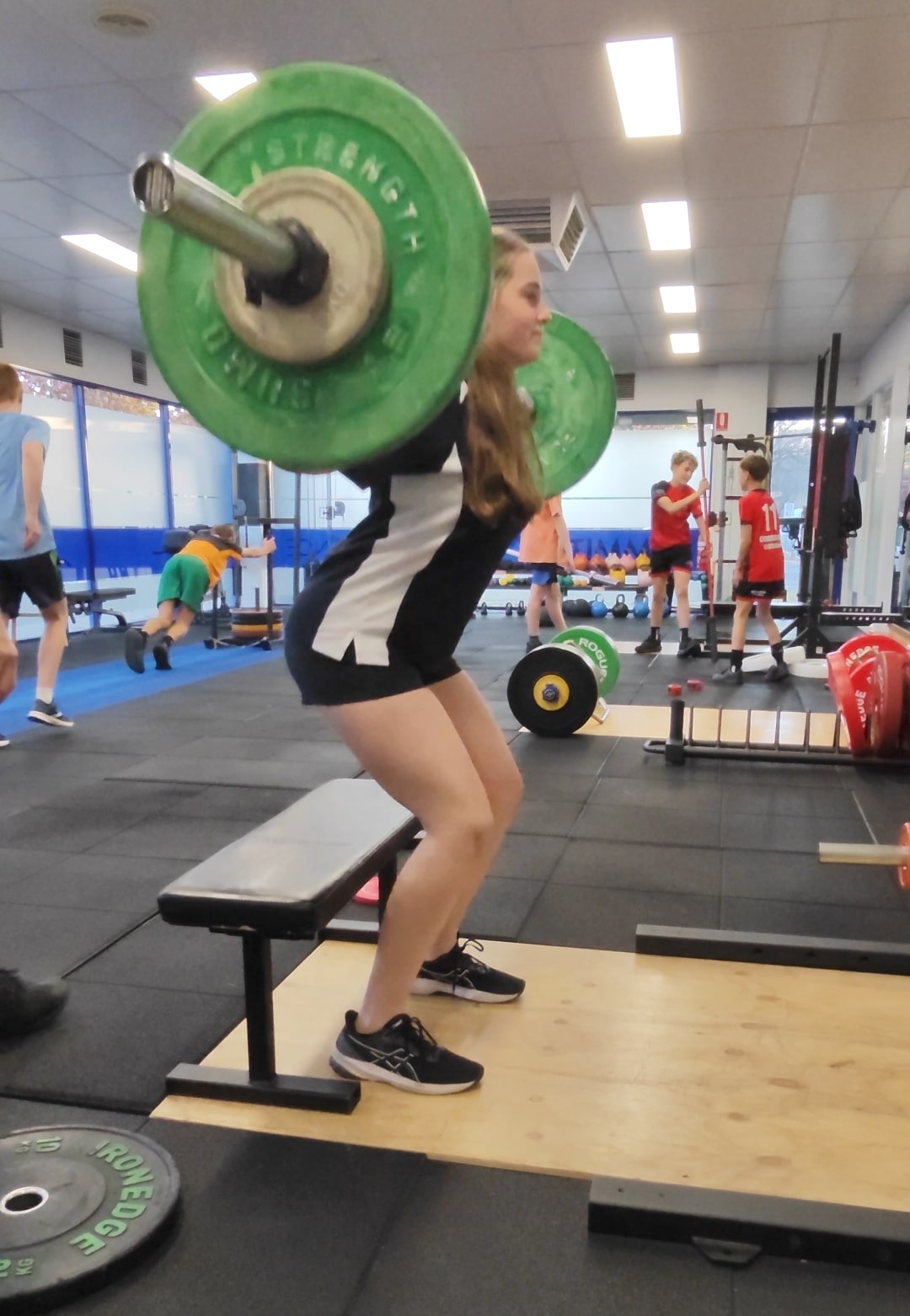The bench press is a primary exercise for building strength and muscle mass in the upper body, particularly targeting the chest, shoulders, and triceps. It is a staple in many strength training programs due to its effectiveness and the ability to handle heavy weights.
Anatomy and Biomechanics
Muscles Worked: Pectoralis major, anterior deltoids, triceps brachii, and to a lesser extent, the forearms and core muscles for stabilisation.
Joint Involvement: Shoulder, elbow, and wrist joints.
Movement Patterns: Proper bench pressing involves shoulder flexion and extension, elbow flexion and extension, and stabilisation of the wrists.
Proper Form and Technique
Setup: Lie on the bench with eyes directly under the bar. Feet should be flat on the floor, and a slight arch in the lower back is recommended. Shoulder blades should be retracted and depressed to create a stable base.
Grip: Hands should be placed slightly wider than shoulder-width apart. The grip should be firm, with wrists straight and aligned with the forearms.
Bar Path: The bar should move in a slight arc, from over the shoulders at the top of the lift to the lower chest or upper abdomen at the bottom.
Descent: Lower the bar under control, keeping the elbows at about a 75-degree angle relative to the torso. The bar should touch the chest lightly without bouncing.
Ascent: Drive the bar back up by pressing through the palms, keeping the elbows under the bar, and maintaining tightness in the upper back and core.
Common Errors and Corrections
Flared Elbows: Keeping the elbows too wide can stress the shoulder joints. Tuck the elbows slightly to reduce this risk.
Lack of Stability: If the lifter is unstable, they may not generate maximum force. Ensure the feet are planted, the core is tight, and the shoulder blades are retracted.
Bouncing the Bar: Bouncing the bar off the chest can lead to injury and poor form. Focus on controlling the descent and lightly touching the chest.
Incorrect Bar Path: The bar should move in a slight arc, not a straight line. Visualise the correct path and practice maintaining it.
Safety and Spotting
Spotters: Always use a spotter when lifting heavy. The spotter should be prepared to assist if the lifter struggles or fails a rep.
Equipment: Use a bench press setup with safety arms or a power rack to catch the bar if needed. Ensure the bench is sturdy and properly positioned.
Warm-Up: Proper warm-up sets are essential to prepare the muscles and joints for heavy lifting. Start with an empty bar and gradually increase the weight.
Individual Differences and Adjustments
Individual body proportions can affect bench press mechanics. Lifters should adjust their grip width and bench setup to suit their body type while maintaining the core principles of the lift.
Benefits of Bench Press
The benefits of incorporating bench presses into a training regimen are numerous:
Upper Body Strength: Bench presses build foundational strength in the chest, shoulders, and triceps.
Muscle Mass: Engaging large upper body muscles stimulates hypertrophy, leading to increased muscle size.
Functional Fitness: Bench presses improve overall upper body functionality, making everyday tasks and athletic movements easier.
Performance in Other Lifts: Strength gained from bench pressing translates to better performance in other upper body exercises.




